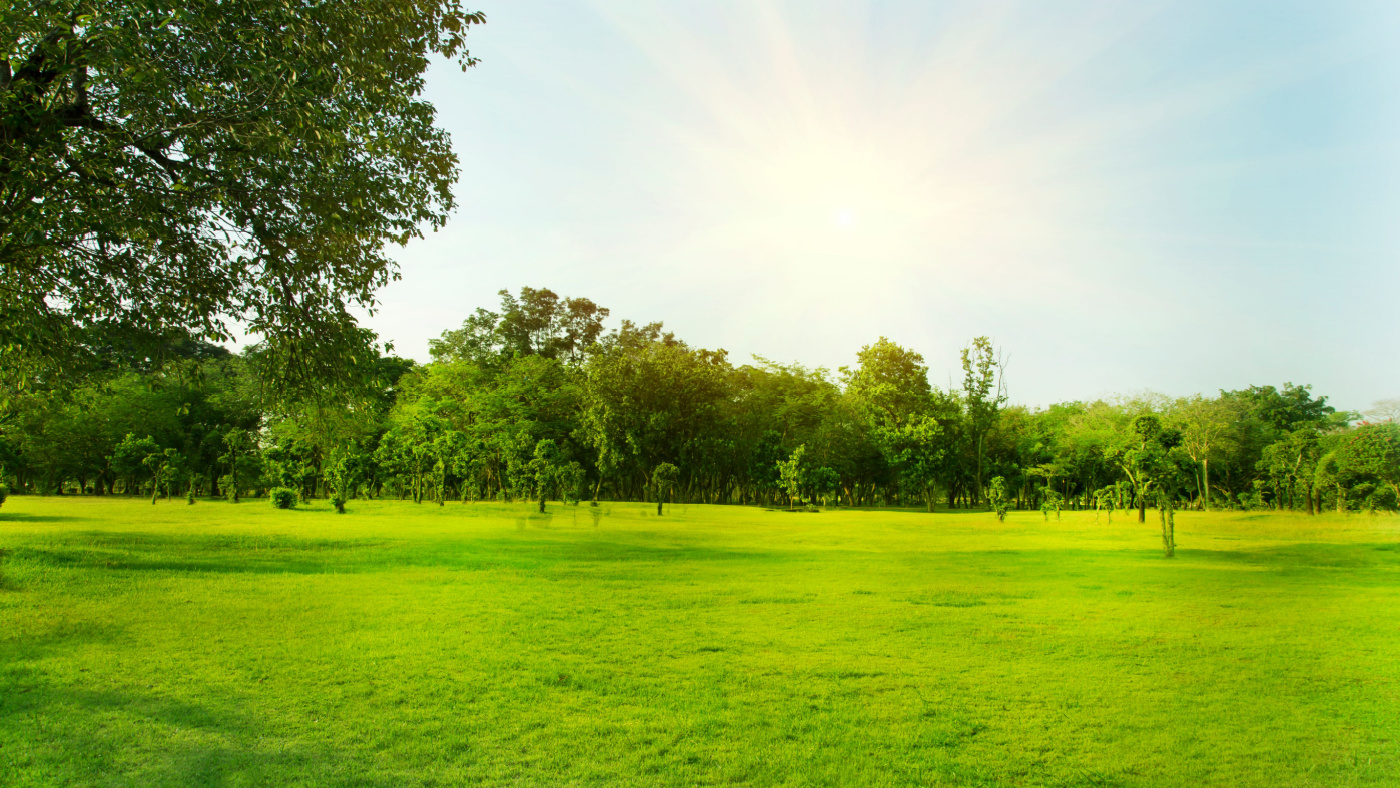This year in many areas fall weather has been late. But just in the last few days some places finally have experienced some actual cool fall like weather and of course for many of us fall means just raking the leaves. We are inspired though to do other work on the lawn in the springtime but one expert says if you have cool season grasses like a blue grass or tall fescue, when fall comes
That grass really breaks dormancy and takes off and starts growing. It’s a great time to get in there and do some work.
Dennis Patton is a Kansas State University Extension Lawn and Garden Expert and he says fall is the preferred time to do three things that most of us try to do in springtime.
Fertilization is one. Here again the lawns are hungry after the long hot dry summer. Two would be if we’ve got some thinner dead spots in there and overseed or reseed the lawn, and the third practice that’s really great done in the fall is something called core aeration or aerating your lawn, which removes plugs of soil about the size of the finger out of the lawn that then helps repair the soil, loosens, breaks up the soil also helps water nutrients moving down into the soil for healthy roots.
Now today we focus on seeding or overseeding. Patton says if you see it in the fall, you have a much better chance of getting a really good stand of grass, but not if you make a lot of mistakes.
I think the most common mistake people make is they don’t properly prepare the soil.
Patton says do not just go out and throw out some seed on the ground and expect results. You have to first get that ground ready.
Make sure we get good seed soil contact and that is usually done with a process called verticut or verticutting, and what this verticut does, it’s a machine you can rent or hire someone to do and it slices small grooves down to the soil that breaks through that soil crust in that thtch layer. And then it allows for that seed the fall down into those grooves. Then when we start watering, we get good seed-soil contact which in turn then lead to better germination.
So next we talk about watering…very important not just a couple of times a week either.
Because our goal is to keep that upper inch or so of the soil moist at all times during the germination process, which is probably going to take a minimum of a week to 10 days to two weeks depending on the type of seed in your soil condition.
Finally, Dennis Patton recommends what’s called starter fertilizer, which has more phosphorus.
There is scientific research to back up that a little free phosphorus right around that germinating seed will help increase with development and growth.
So do a good seeding job now so your yard won’t look seedy like mine does come springtime, and your newly planted grass will be much better able to handle the stress that will come with the hot summer weather.


